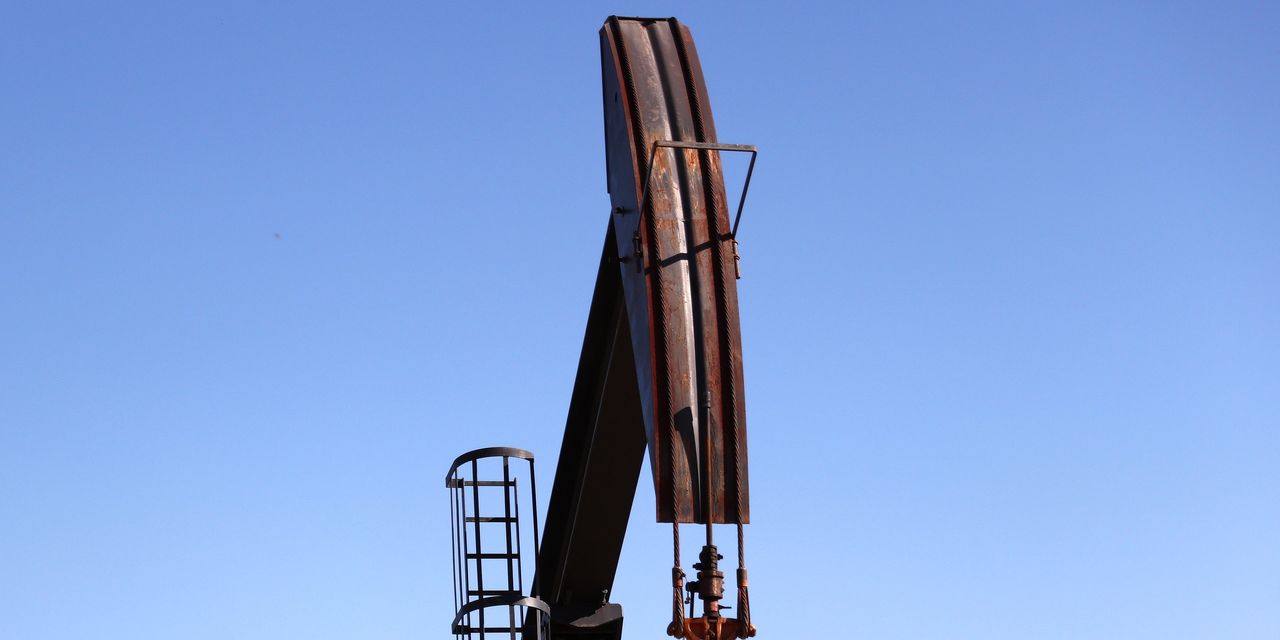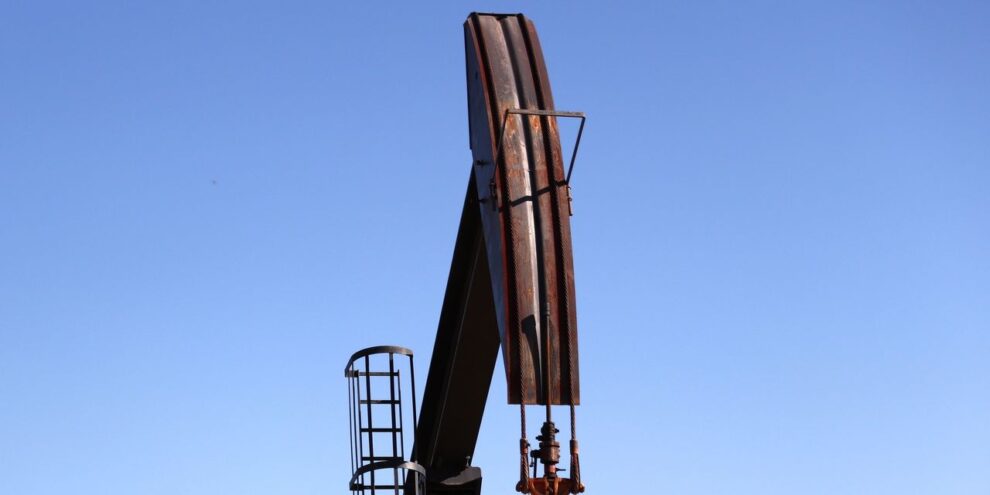
Oil futures rallied on Thursday, with the U.S. benchmark settling above $90 a barrel for the first time in more than seven years, buoyed by risks to U.S. and global crude supplies.
There is no doubt that the winter storms in parts of the U.S. will impact oil production, said Phil Flynn, senior market analyst at The Price Futures Group. Freezing weather can hurt oil production and lead to refinery shutdowns, as well as boost demand for heating fuels.
In the bigger picture, there is a lot of talk about oil and gasoline demand climbing back to pre-pandemic levels, but U.S. oil production is still below its record high by almost two million barrels a day, Flynn told MarketWatch.
“There is a real concern that U.S. energy [producers are] not going to be able to raise production to keep up with demand,” he said. The winter storms in the short term “may be a preview of coming attractions when it comes to floundering U.S. oil input.”
“We need a lot of investment in U.S. oil and natural gas, and we’re just not getting it,” said Flynn.
Related: Coal’s not dead, and won’t be for years to come
West Texas Intermediate crude for March delivery CL00, +2.04% CL.1, +2.04% CLH22, +2.04% climbed by $2.01, or 2.3%, to settle at $90.72 a barrel on the New York Mercantile Exchange — the highest front-month contract finish since Oct. 6, 2014, according to Dow Jones Market Data.
April Brent crude BRN00, -0.19% BRNJ22, -0.19%, the global benchmark, added $1.64, or 1.8%, at $91.11 a barrel on ICE Futures Europe. That was still a few cents below the Jan. 31 settlement at $91.21, which was the highest since October 2014.
The European Central Bank acknowledged that inflation wasn’t transitory, suggesting a strong euro, which put pressure on the U.S. dollar DXY, -0.58%, said Flynn. That contributed to the turn higher in dollar-denominated oil prices.
Meanwhile, The Wall Street Journal reported that the end is in sight for America’s fracking companies, with many of them having already tapped their best wells.
The story suggests that shale oil production could peak, helping to push oil prices back up on Thursday, said Flynn.
The move for oil came a day after the Organization of the Petroleum Exporting Countries and its allies stuck with a plan to boost production by another 400,000 barrels a day in March. Oil prices had been trading lower Thursday before a mid-session turnaround.
On Wednesday, the group of oil producers known as OPEC+ refused to be pressured into raising output faster in March or, perhaps, “were forced to do something they’re unable to do right now,” said Craig Erlam, senior market analyst at OANDA, in a note.
The group stood by previous commitments, “which leaves us to wonder just how much [oil] they will actually manage to deliver this time,” he said. “The steady approach didn’t generate any fresh optimism for crude, despite rumors beforehand that we could see a larger increase in March, amid political pressure.”
OPEC+ has failed to raise output in line with past monthly increases.
See: Why OPEC+ can’t hit its oil production targets — and what it could do about it
Also, several OPEC+ representatives appeared to tie the recent rise in prices to tensions between Russia, a member of the group, and Ukraine.
“Pumping more oil onto the market just now will do little to change this in our view,” said Carsten Fritsch, analyst at Commerzbank, in a note. “It is more important to be able to supply more oil to the market if need be. And for this to be possible sufficient spare capacities are vital. Yesterday’s decision by OPEC+ makes sense to us, in other words.”
In other energy trading on Nymex, March gasoline RBH22, +1.05% rose 1.4% to $2.643 a gallon, while March heating oil HOH22, +2.33% added nearly 2.6% to $2.84 a gallon.
After a nearly 16% rise on Wednesday with winter storms expected to boost demand for the heating fuel, natural-gas futures fell back Thursday.
March natural gas NGH22, -10.25% settled at $4.888 per million British thermal units, down 11.1%.
Prices continued its decline after the Energy Information Administration reported that domestic natural-gas supplies fell by 268 billion cubic feet for the week ended Jan. 28.
That compared with the average decline of 274 billion cubic feet forecast by analysts polled by S&P Global Platts, which pegged the five-year average supply fall for the period at 150 billion cubic feet.









